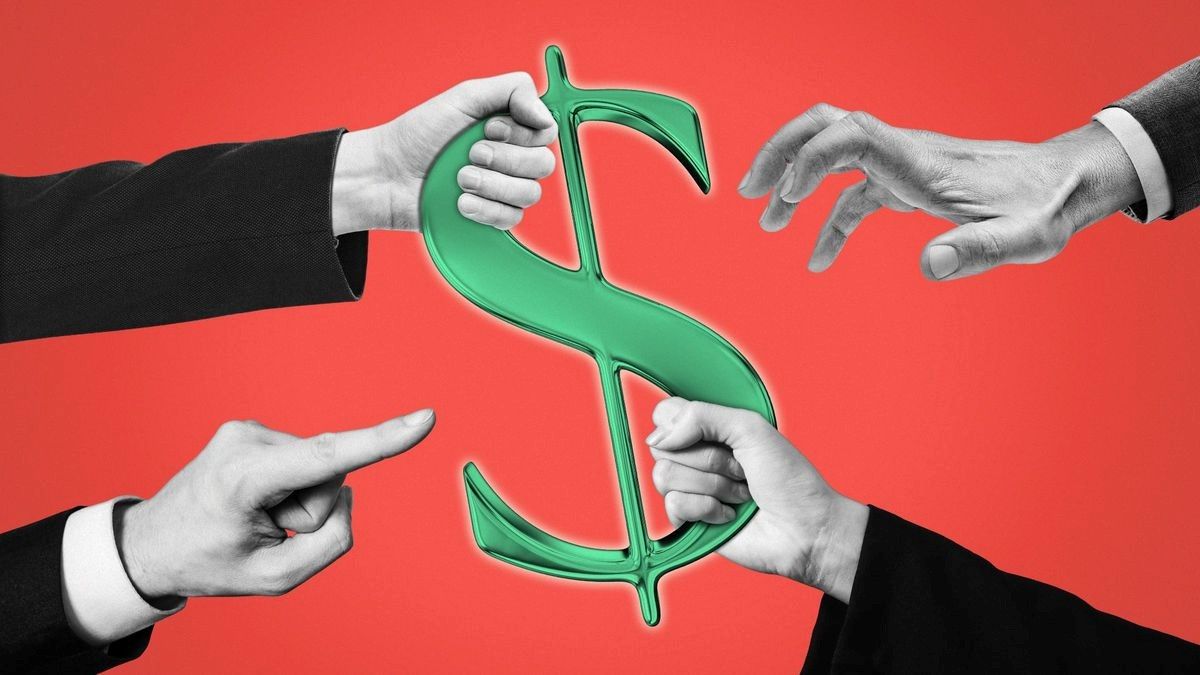
Though the U.S. economy has seemingly survived a worst-case scenario recession (for now), debt is rising as a rapid rate for consumers, businesses and the U.S. government.
Why it matters: Understanding and addressing these debt dynamics is crucial to ensuring long-term economic resilience and avoiding potential financial crises. The national debt is over $34 trillion—a number headed towards a concerning new record.
- Early next year, Congress will face another deadline to raise or suspend the debt limit, which will either cap borrowing, or make the country face an economically devastating default.
- Long-term debt increased for 58% of U.S. businesses in the last year.
The impact of growing debt is like a domino effect. The interconnectedness of debt across various sectors underscores the importance of proactive measures to manage and mitigate financial risks.
For smaller businesses, most owners are struggling to get financing from lenders due to higher rates and bank failures. But these businesses are key to the nation’s economic health, as they are responsible for 44% of U.S. economic activity. Nearly 77% of small business owners are concerned about their ability to access capital and 28% of loan applicants said they had taken out a loan or line of credit with payment terms they felt were predatory, according to a survey by Goldman Sachs (GS.N).
“As a company grows their business, they would logically increase the total amount of debt and the kind of debt that they hold,” said NACM Economist Amy Crews Cutts, Ph.D., CBE. “The bigger you are, the greater access you have to capital markets and then you can think about the most strategic way to deploy your capital and to fund your investments. When you’re on the smaller endcompanies, you know your sources of capital are more limited.”
Yes, but: When banks tighten their underwriting criteria, it typically impacts lower to moderate income businesses. Just in the last year, banks have pulled back on lending to consumers as well. For credit managers, all of these factors impact credit risk among customers in a few ways:
- Missed customer payments are becoming a bigger problem for U.S. businesses. 46% of businesses said their customers paid their invoices 31-60 days past payment terms and 15% said their customers paid their invoices 61-90 days past payment terms in the last year.
- More credit teams are prioritizing Days Sales Outstanding (DSO) due to missed customer payments becoming the new standard.
- With revenue and market conditions being volatile, more businesses are creating bad debt allowances.
- Cash-strapped companies with declining revenue are most likely to pursue debt consolidation and debt restructuring.
Some experts say the U.S. is back to pandemic-era levels of loans and bankruptcies. “We’ve seen 24 months in the service sector of accounts being referred to collections being on the contraction side, meaning that a rising share of accounts in the services sector of CMI respondents is being referred to collections,” Cutts said. “It is a troubling statistic to me that indicates there is a growing risk on the business front. The weakest companies that go delinquent on their loans are the ones that seek credit in this higher interest rate environment.”
The bottom line: As the U.S. economy grapples with slowed growth due to rising debt and service costs, credit managers must stay abreast of their industry’s risk in the economy and lending to customers who are trending into loan defaults or bankruptcy.





